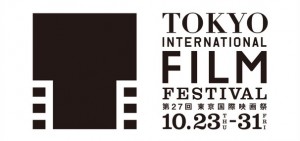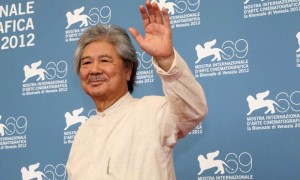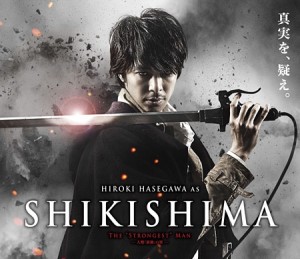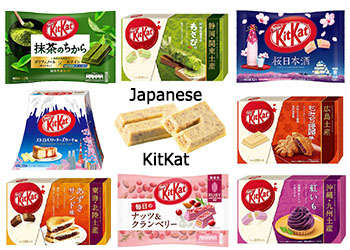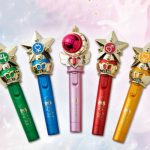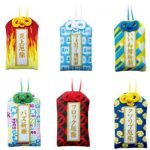Are we about to witness a revival of the J-horror film genre?
Local horror films experienced a boom in the late 1990s and early 2000s. Starting with the 1998 release of Ringu, a raft of small but effective Japanese horror films drew audiences domestically and also attracted global interest. Ringu was remade and became a mini series in America in its own right, as did Ju-on (becoming The Grudge), Dark Water, Kairo (as Pulse), and One Missed Call.
This ran parallel with the breakout of survival horror video games like Silent Hill, Resident Evil, and more (which also generated their own film adaptations).
Since then, however, J-horror has lapsed into a cycle of lazy sequels in tired series (the Japanese Ringu franchise alone now has five films), and has become known as a genre that casts female idols whom certain fans want to see in peril or screaming. (We will leave the wider, more troubling implications that can be drawn from this “appeal” for another day.) The past three years in particular saw several horror movies released starring current or former AKB48 idols (to mixed box office results), while more low-budget offerings are perennially populated by glamor models.
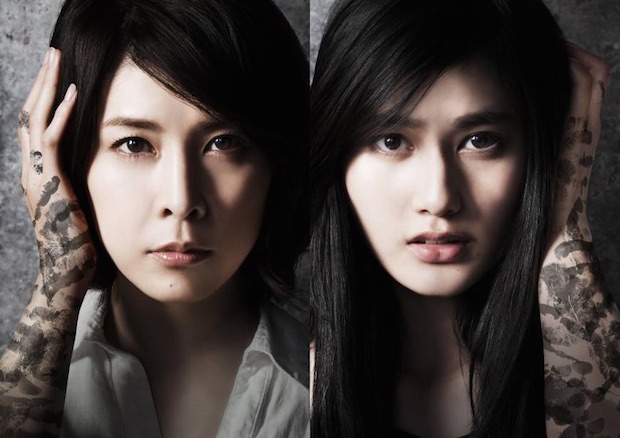
Last September, the production company Oz, which was being Juon and Ringu, went into bankruptcy proceedings. It looked like the end of the commercial prospects of local horror cinema.
However, with the release of The Inerasable on January 30th, critics are talking about a “return to form” for the genre.
Yoshihiro Nakamura’s film has met with acclaim. Mark Schilling for The Japan Times called it “engrossing and skin-crawling”. The real test will be the box office coffers, though.
June will also see the release of Creepy, directed by J-horror veteran Kiyoshi Kurosawa with an all-star cast. (Coincidentally, both films feature Yuko Takeuchi.)
Moreover, Sadako vs. Kayako — a crossover spin-off from the Ringu and Ju-on franchises that started as an April Fools’ Day joke! — also arrives in June.
So does this point to a revival in serious, successful Japanese horror cinema?
Both are based on horror novels, indicating a return to better source materials rather than rely on the same tried-and-test formats from past series, plus are feature Japanese domestic settings that cleverly play on our sense of unease in familiar environments.
While the jury’s still out, with a new home-grown entry in the Godzilla franchise also on the theater schedules this summer, 2016 could well be the year that sees the rebirth of two genres (monster movies and horror) that had at one time been identified very strongly with Japanese cinema.

